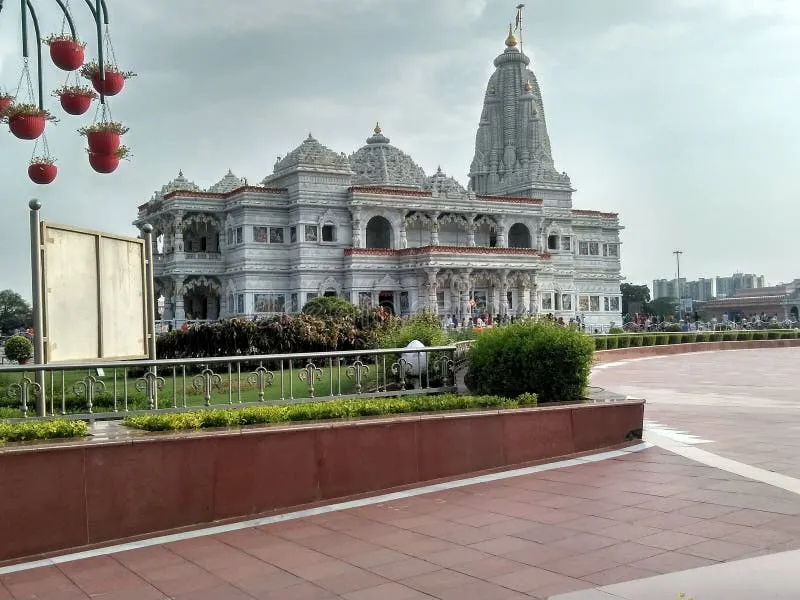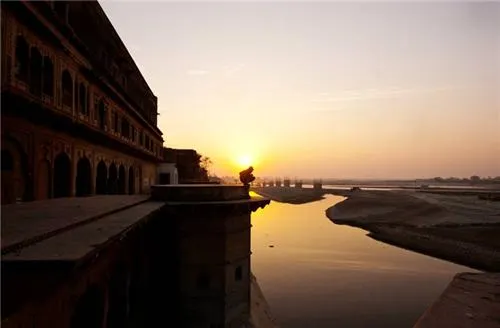History
Where the Divine Danced in Joy
Vrindavan is one of India’s most sacred towns, intricately linked with the life and leelas of Lord Krishna. As the divine setting where Krishna spent his childhood and youth, Vrindavan is immortalized in scriptures, folklore, and devotional poetry. Every lane, temple, and grove here is believed to echo the stories of Krishna’s divine mischief, flute melodies, and loving bond with Radha and the Gopis. For centuries, it has drawn saints, poets, and devotees who seek to immerse themselves in the nectar of Bhakti (devotion).
The town gained spiritual prominence during the 15th and 16th centuries when saints like Chaitanya Mahaprabhu rediscovered its sacred sites and inspired a devotional renaissance. Grand temples like Banke Bihari, ISKCON, Radha Vallabh, and the luminous Prem Mandir were built to honor Krishna’s presence. Vrindavan is not just a religious town—it’s a living, breathing experience of divine love and transcendental joy, revered across Vaishnavite traditions around the world.


Geography
On the Sacred Yamuna’s Banks
Situated in Uttar Pradesh near Mathura, Vrindavan lies serenely along the banks of the Yamuna River. Its flat and fertile terrain is adorned with sacred groves (vanas), kunds (holy ponds), and ghats that are said to be witness to Krishna’s divine pastimes. The river itself holds immense spiritual significance, with many devotees considering a dip in its waters as purifying and spiritually uplifting.
The geography of Vrindavan allows for an immersive spiritual atmosphere. Its relatively small size, mild winters, and lush surroundings make it walkable and meditative. The town is surrounded by pilgrimage trails such as the Govardhan Parikrama and is dotted with ancient banyan trees, flower gardens, and rustic temples. Despite growing modern infrastructure, Vrindavan still preserves the serene and transcendental charm that draws seekers from across India and abroad.
